Pheasant hunting is a beloved tradition that pays off with the excitement of the hunt and the guarantee of juicy and lean game meat. But the job is not completed when the bird hits the ground. To get the most out of your hunting, knowing how to clean a pheasant, pluck it, and cook it right is necessary.
Whether it is your first season upland game bird hunting, or you just want to perfect your post-hunt experience. This ultimate guide will take you through the process of field dressing and plucking. Even get details about the cooking methods that highlight the most out of this premium bird.
How to Field Dress a Pheasant?
Think Before Field Dressing a Pheasant
Field dressing entails eliminating the internal organs of the bird to avoid spoilage and also to make subsequent cleaning easier. The sooner this is done, the better the quality of meat will be retained, the less bacteria will multiply, and undesired odors will be prevented.
Think about the environment of hunting before you start. Are you able to bring the bird home quickly, or are you spending a full day in the field? The answers will help you decide how much processing to do on-site versus at home.
How Long To Wait After Shooting a Pheasant?
The time factor is essential. During cool weather (below 40°F / 4 °C), you may wait as long as 6 hours to field dress the bird. Nevertheless, when it is warm, spoilage may start relatively fast. So, you should prefer to clean the bird in less than an hour.
To help preserve the bird in the interim:
- Keep it in the shade or inside a cooler with ventilation
- Do not store the bird in a plastic bag, as it can trap heat and moisture
Tools You Will Need
Having the right tools on hand makes the process faster, safer, and cleaner:
- Sharp hunting knifeor game shears
- Disposable gloves
- Game bags or breathable cloth bags
- Ziplock bags for organs (optional)
- Paper towels or rags
- Trash bag for waste
- Hand sanitizer or wipes
Step-by-Step Guide to Field Dressing a Pheasant
- Position the Bird
Lie the pheasant on its back and direct the head away from you. Make sure that you are on a clean, solid surface like a flat rock, field dressing board, or even a game tote with a trash bag under it. To make the cutting of the bird easier, spread the wings and legs to stabilize the bird. - Make an Incision
With a sharp hunting knife or game shears make a small opening just below the breastbone and cut down toward the vent (anus). Be careful of your blade depth. The short, shallow strokes will prevent piercing through the intestines or gallbladder, which might release bile and spoil the meat. - Remove the Organs
The entrails are to be reached into the body cavity and pulled out carefully. Hold the windpipe and pull downward to take out the lungs, heart, and liver in one movement, if possible. Many hunters go the quick route and breast the bird only. To do this, make a cut along the breastbone and pull out the meat. Even more hunters retain the heart and liver to cook–put these in a different, labeled resealable bag, in case you intend to use them. - Clean the Cavity
Clean the cavity with paper towels or clean cloths in order to eliminate any blood or residue left behind. It is better not to rinse in the field with untreated water, particularly lake or puddle water -non-portable water may contain bacteria. A light rinse in clean water and then drying thoroughly is okay in case clean water is available. - Let It Cool
Keep the cavity open a little with a stick or a feather or by spreading the body. This aids in air circulation and cooling, although it is mainly beneficial when you are still hunting and lack refrigeration. It is best to put the bird in a breathable game bag or an insulated cooler filled with ice packs. Do not use airtight containers, as they may cause the moisture to be trapped and encourage spoilage.
Tips for Minimizing Mess and Odor
- Wear gloves: Use gloves (latex or nitrile) when handling them sanitarily, when dressing several birds at once. Carry spares in your pack.
- Work efficiently but gently: This will limit the time of exposure to heat, bacteria, and insects and will preserve the quality of the meat.
- Use a field dressing mat or disposable tray to keep the bird and organs off the ground.
- Carry vinegar spray or a small container of baking soda solution to clean hands, tools, and neutralize strong odors from bile or blood.
- Seal organs and discards in separate ziplock or vacuum-sealed bags, and double-bag any waste if carrying it out with you.
- Sanitize your tools: Clean your equipment with alcohol wipes or a small bottle of rubbing alcohol to avoid cross-contamination.
How to Pluck a Pheasant Properly?
Plucking a pheasant is an ancient art, and when properly done, it helps to keep the skin, flavor, and moistness when cooked. If you plan to roast your bird stuffed or just want to freeze it, plucking it well is the best guarantee of texture and cooking outcome.
Do You Need to Hang The Pheasant?
The decision to hang or clean a pheasant immediately is dependent on weather conditions and personal preference. The Hanging enables the natural enzymes to tenderize the meat and build more flavor, similar to aging beef.
When the weather is cool (below 40°F or 4 deg C), a whole, un-gutted pheasant may be hung in a cool, dry place for 1-3 days. But when the weather is warm, it is better to wash the bird and put it in the fridge immediately to avoid spoiling.
Wet vs. Dry Plucking
| Method | Pros | Cons |
| Wet Plucking | Loosens feathers easily; less feather breakage; cleaner process | Requires hot water (140°F/60°C); adds a step; wet feathers can be messy |
| Dry Plucking | No special tools or setup needed; quicker in the field | Feathers can tear or break; harder to remove down; messy and dusty |
Wet plucking is ideal when you want a clean finish and plan to cook with the skin on. Dry plucking works well for quick field processing, especially if you’re comfortable working outdoors without hot water.
Step-by-Step Instructions
- If Wet Plucking: Immerse the bird in hot (not boiling) water of approximately 140°F for 30-60 secs. Shake feathers loose. Drain and take out.
- Begin with the Breast: Pull feathers out by the roots and in the direction of growth. Begin with the larger feathers and go down in size.
- Move to Wings, Back, and Legs: Wings can be finicky- pinch near the skin and pull slowly so as not to rip. The legs and the tail region also need to be handled carefully.
- Remove Fine Down: Tiny, fuzzy feathers can be singed off with a lighter or kitchen torch. Tweezers or a small paring knife may be used, as well.
- Rinse and Dry: When plucking at home, wash the bird inside out with cold, running water and dry with a paper towel. Do not saturate the bird.
When Should You Skin Instead of Pluck?
Skinning is faster and easier than plucking and is ideal if:
- The bird is heavily shot, or the skin is torn.
- You plan to grill, stew, or slow-cook the meat (where the skin isn’t necessary).
- You’re short on time or don’t have the tools to pluck.
To skin, cut around the legs and breast, then with a sharp knife, peel the skin off the meat. Be careful not to trim too much muscle.
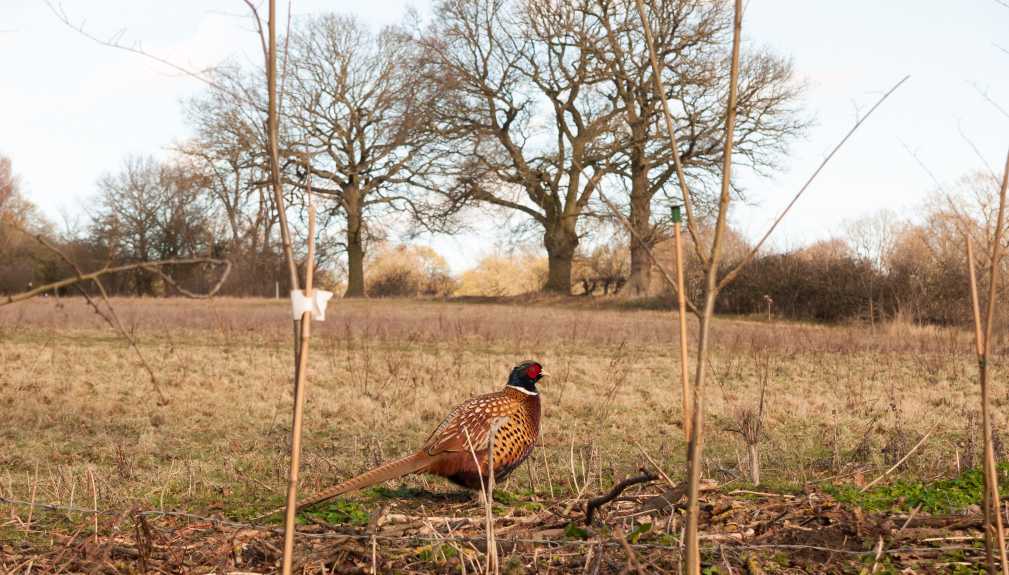
How to Cook Pheasant For the Best Results?
Why Pheasant Needs Careful Cooking?
Pheasant is lean, so it easily becomes dry when cooked. In contrast to farm-raised chicken, it needs mild, moisture-retentive techniques.
Pheasant is richer, a little earthy, and has a mild gamey flavor. It is also much firmer in texture than chicken, particularly the legs. Breast meat is tender, and thus it can become dry when overcooked.
Cooking Techniques That Work Best
- Roasting
Suits plucked, whole birds with the skin on. Roasting also brings out the flavor and provides you with crispy skin, when the bird is basted with butter or covered with bacon. Add some aromatics such as rosemary, thyme, or garlic to the cavity.
- Braising
It is ideal when used in harder cuts such as the legs and thighs, which would be chewy when roasted DRY. Low and slow braising in broth or wine with vegetables will overcome connective tissues and result in tender and delicious meat.
- Pan-searing
It is most suitable for boneless breast meat. They should be seared very fast over medium-high heat in butter or oil. Then, a pan sauce or herb butter should be added to keep the lean meat juicy. Be sure not to overcook it; pheasant breast can become dry.
- Sous vide
This accurate, low-heat technique is ideal in preserving moisture and in uniformly cooking meat. Season the pheasant and vacuum seal it and cook sous vide at 140 Degrees Fahrenheit (60 Degrees Celsius) for 1-2 hours. Texturize by quickly searching on the end.
- Slow Cooking
Great for full-flavored pheasant or older birds with stronger gamey notes. Use in stews, soups, or shredded dishes. Add acidic elements like tomatoes or vinegar to help tenderize the meat and balance richness.
Easy and Delicious Recipe: Creamy Garlic Pheasant Breast
Ingredients:
- 2 boneless pheasant breasts
- 2 tbsp butter
- 1 tbsp olive oil
- 3 cloves garlic, minced
- 1/2 cup heavy cream
- 1/4 cup chicken broth or pheasant stock
- Salt, pepper, and fresh herbs (thyme or parsley)
Instructions:
- Season the pheasant with salt and pepper.
- Heat oil and butter in a skillet. Sear breasts 3-4 minutes per side.
- Remove the meat and lower the heat.
- Add garlic, cook for 1 minute. Add broth and cream, stir until thickened.
- Return the pheasant to the pan, and spoon sauce over the meat. Simmer for 2 minutes.
- Garnish with herbs and serve with mashed potatoes or wild rice.
Pro Tip: Always use a meat thermometer. Cook pheasant breast to 160°F and rest to reach 165°F.
Conclusion
Learning to clean a pheasant is not just another skill of preparing meat, but it is an indication of respect towards the hunt and your harvest. If you do things right, it offers a taste bud reward. Whether in the field or on your kitchen table, take the time to field dress, pluck, or skin and cook pheasant correctly.
Even a novice can make his pheasant hunt a gourmet meal with the proper tools, techniques, and a bit of patience. Moisture, timing, and attention are the keys, whether you like your chicken roasted whole or skillet-fried in a hurry.
So, when you bag a bird next time, do not just cease with the shot. Bring it to the plate.


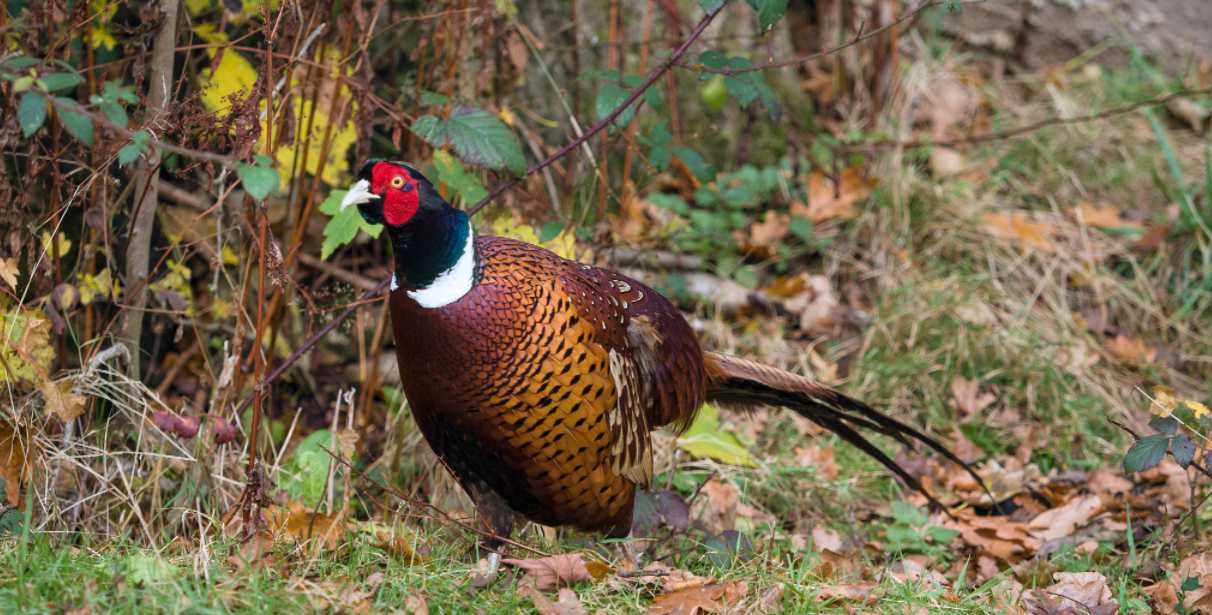
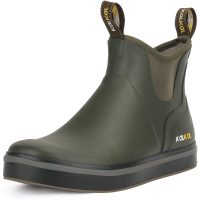


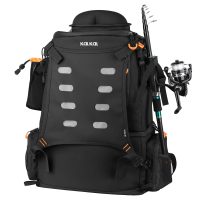
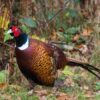
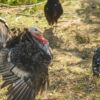




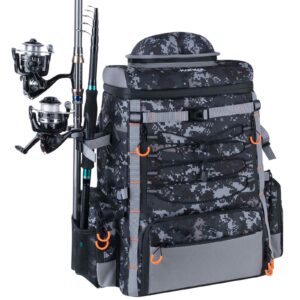

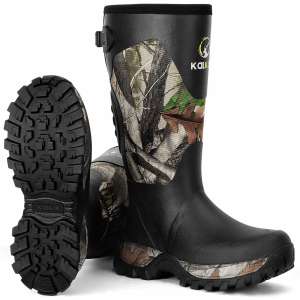




Leave a reply